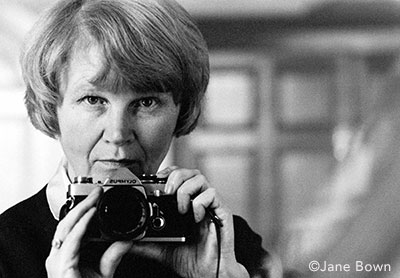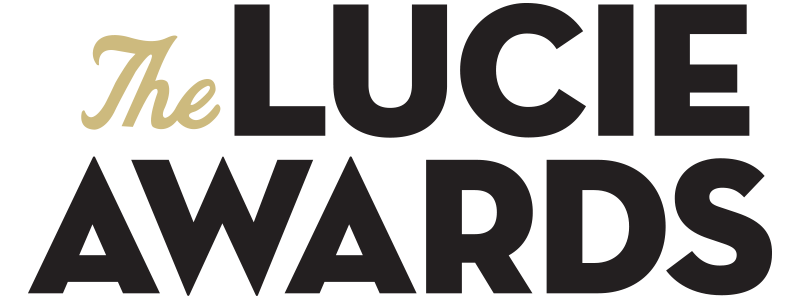
Jane Bown
2014 Honoree / Lifetime Achievement Award
Jane Bown was born in Dorset in 1925. Her first job was in the Women’s Royal Naval Service during World War II where she worked as a chart corrector—this included plotting the D-Day invasion. She used her war gratuity to enroll in a full-time photography course at Guildford College despite the fact that she did not own a camera and had never taken a photograph. By her own admission, she was a reluctant student and her course tutors almost gave up on her. In the second term, she borrowed £50 from an aunt and purchased a Rolleiflex (second-hand). Having absorbed the technical rudiments, she began to take her own pictures. When she presented the course tutor, Ifor Thomas, with her startling close-up of a cow’s eye, he immediately understood that Jane had a special talent.
Jane moved to London in the late 1940’s, working in a studio in Hampstead largely as a child portrait photographer. She got a break in 1949 when she came to the attention of Mechthild Nawiasky, the Observer picture editor, who commissioned her to photograph the philosopher Bertrand Russell on his wedding day. In the almost sixty years Jane spent at the Observer, she worked across all areas of photojournalism but is mostly known for her deeply respectful and insightful portraits. In that time, Jane has photographed an extraordinary range of subjects, including the Beatles, Queen Elizabeth II, Samuel Beckett, Bjork, and Tarkovsky. She has photographed every British Prime Minister since the Second World War including Churchill and Margaret Thatcher.
Jane claims that her development as a portrait photographer came about because of her reputation for working rapidly, and for her ability to master the most adverse circumstances or awkward individuals. An ideal shoot for Jane was 10 minutes—enough time to really see the subject, but not enough for the initial spontaneity to disappear. In 1976, she cornered the most reluctant of subjects, Samuel Beckett, in a dark alley down the side of the Royal Court Theatre in London as he tried to avoid being photographed. His enmity was palpable, but he stood long enough for her to expose five frames. It was all over in less than 30 seconds—the middle frame is now regarded as the archetypal Beckett portrait. Jane has never employed an assistant, works exclusively with available light, and prefers to expose no more than two rolls of film. She is supremely uninterested in technology—her camera of choice is the Olympus OM-1 (of which she owns about a dozen), all purchased second-hand in the 1970s.
